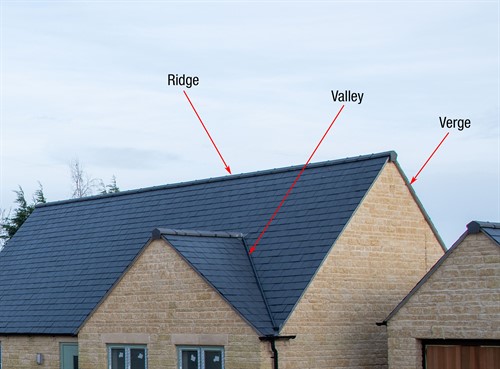Silica in Construction: Changes to approved methods of roof tile cutting

The challenge
Where roofs meet, valley tiles need to be cut or trimmed to fit.
The dust this process generates contains respirable crystalline
silica (RCS) and, if breathed in, can cause severe lung diseases in
workers, such as silicosis.
Impact of silicosis (video)
Dust suppression systems use water to control the generation of
tile dust and reduce worker exposure, but these systems can raise
the risk of other hazards, such as slips. To mitigate against these
hazards, an interim agreement between HSE and industry allowed
valley tiles to be cut using hand held power tools without water
suppression. However, HSE needed to understand the impact of this
decision on worker health.
The solution
HSE's Science Division engaged in a research project that would
scientifically assess the health risks associated with cutting
valley tiles without water suppression by measuring worker exposure
to RCS.
The project was performed on three new-build construction sites.
The work consisted of measuring exposure to RCS whilst workers were
cutting tiles on site and assessing the controls they were using,
such as the use of respiratory protective equipment (RPE).
As tile cutting is a quick task typically happening only once or
twice per day, conventional sampling techniques were not suitable
to assess worker exposure, therefore HSE researchers needed to
use
innovative high volume respirable dust samplers
to measure exposure during the short duration workers were
exposed. Additionally they used an exposure visualisation
technique (ELVIZ) to create a
video of the cutting process to demonstrate real time worker
exposure levels.
The outcome
The exposure monitoring showed that if a worker cut two roof
edges of valley tiles in a shift, equating to about fifteen minutes
of work, then they would have already reached or exceeded the eight
hour time weighted average RCS exposure limit.
The data also demonstrated that adjacent workers were at
significant risk and that the use of other exposure controls, such
as dust masks, could be improved. RPE was found not to usually
provide effective exposure reduction due to poor use.
Changes to working practice
The findings provided the robust evidence required to change
working practices in the construction sector. Valley tiles are now
marked up at roof level and taken to a fixed location where they
are cut whilst using engineering controls such as water
suppression.
HSE's 'Dust Kills' campaign raises awareness of the risk to
workers.
Back to the top